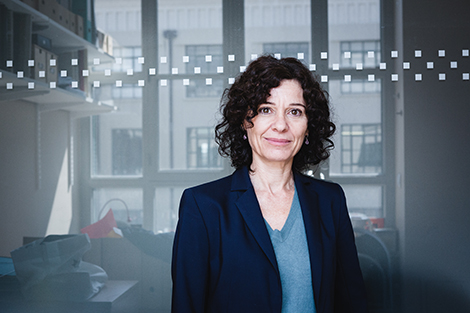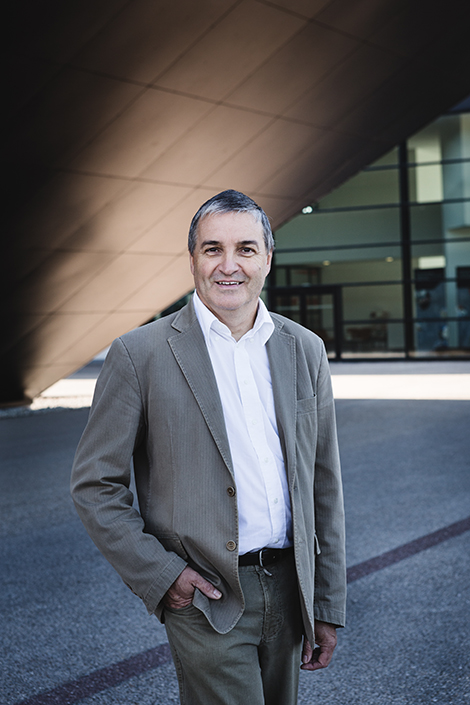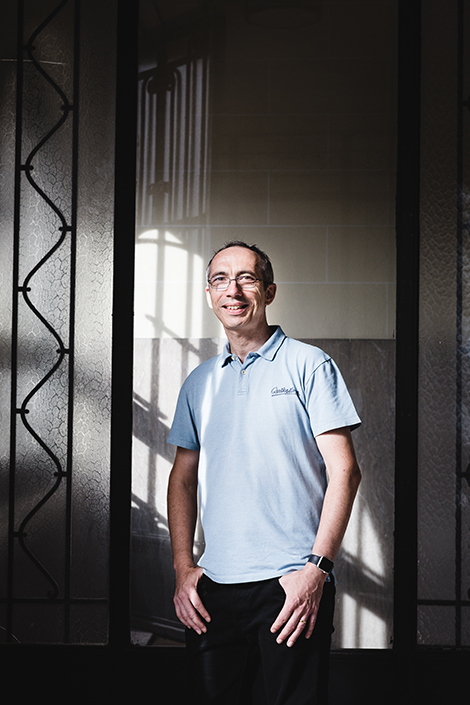Global S&T Development Trend Analysis Platform of Resources and Environment
| 2018 CNRS Innovation Medals awarded to Valérie Castellani, Thierry Chartier, and Daniel Le Berre | |
| admin | |
| 2018-10-10 | |
| 发布年 | 2018 |
| 语种 | 英语 |
| 国家 | 法国 |
| 领域 | 地球科学 |
| 正文(英文) | Valérie Castellani, Thierry Chartier, and Daniel Le Berre are the recipients of the 2018 CNRS Innovation Medals. All three will be handed their medals during a ceremony held on October 10 in Paris. Since 2011, CNRS Innovation Medals have recognized scientists whose outstanding research has led to innovations having notable technological, economic, therapeutic, or social impacts.Valérie Castellani  © © Frédérique Plas / INMG / CNRS Photo Library Valérie Castellani Thierry Chartier  © © Frédérique Plas / IRCER / CNRS Photo Library Thierry Chartier Daniel Le Berre  © © Frédérique Plas / CRIL / CNRS Photo Library Daniel Le Berre Download the press release:  Contacts:CNRS press | Julien Guillaume | T (+33) (0)1 44 96 46 35 | julien.guillaume@cnrs-dir.fr |
| URL | 查看原文 |
| 来源平台 | Centre national de la recherche scientifique |
| 文献类型 | 新闻 |
| 条目标识符 | http://119.78.100.173/C666/handle/2XK7JSWQ/106952 |
| 专题 | 地球科学 |
| 推荐引用方式 GB/T 7714 | admin. 2018 CNRS Innovation Medals awarded to Valérie Castellani, Thierry Chartier, and Daniel Le Berre. 2018. |
| 条目包含的文件 | 条目无相关文件。 | |||||
| 个性服务 |
| 推荐该条目 |
| 保存到收藏夹 |
| 查看访问统计 |
| 导出为Endnote文件 |
| 谷歌学术 |
| 谷歌学术中相似的文章 |
| [admin]的文章 |
| 百度学术 |
| 百度学术中相似的文章 |
| [admin]的文章 |
| 必应学术 |
| 必应学术中相似的文章 |
| [admin]的文章 |
| 相关权益政策 |
| 暂无数据 |
| 收藏/分享 |
除非特别说明,本系统中所有内容都受版权保护,并保留所有权利。
修改评论